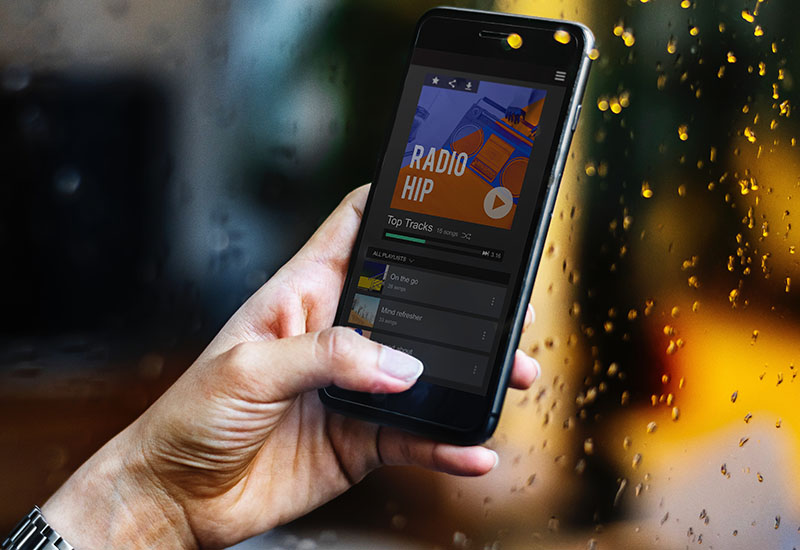After a whole decade in the making, 5G is finally becoming a reality.
Fixed 5G has started rolling to selected cities since last year, and mobile 5G will start making appearances in cities sometime mid this year with more comprehensive rollouts expected in 2020. So what does this really entail for us?
So, what is 5G?
It is a brand-new radio technology, but changes may not be immediately noticeable. 5G is the next generation mobile broadband that will take over, or enhance the current 4G connection. With 5G, the speed of downloading and uploading will be so much faster, estimated to be 100 times faster compared to 4G.
That’s enough to stream ‘8K’ video or download a 3D movie in 3 seconds. Right now, 4G takes about six minutes to do the same.
But 5G is about much more than smartphones. Sensors, thermostats, cars, robots, and other new technology will all connect to 5G one day. Today’s 4G networks does not have the bandwidth for the vast amounts of data all those devices will transmit.
To accomplish all that, much of the 5G network will travel over super-high-frequency airwaves. These higher frequencies bring faster speeds and more bandwidth. But they can’t travel through walls, windows or rooftops, and they get considerably weaker over long distances. This means thousands, maybe millions, of miniature cell towers will have to be installed on lamp posts, sides of buildings and inside homes.
 This is why 5G will first work to enhance the current 4G before replacing it. In buildings and in crowded areas, 5G might provide a speed boost, but 4G will still be used to cover wider areas for the time being.
This is why 5G will first work to enhance the current 4G before replacing it. In buildings and in crowded areas, 5G might provide a speed boost, but 4G will still be used to cover wider areas for the time being.
Currently there is a lag time between devices and servers as they communicate, a split second delay between sending and receiving communication between devices and the network. With 5G there will be none. If you think split second is not much of a difference, zero latency will allow self-driving cars to process all the available information. If there is no lag, life-or-death decisions can be made within a blink of an eye.
Innovations in the health care industry for telemedicine and robotic surgery will be made possible via 5G. If there is a seamless communication, then these can be done. Basically, all that is done now with the smartphones, we will be able to do it faster and better. Think of smart glasses featuring augmented reality, mobile virtual reality, much higher quality video, the internet of things making cities smarter. But what’s really exciting is all the new services that will be built that we can’t foresee.
On the downside, you would probably need to get a new smartphone once 5G takes effect, unless of course if you’re lucky enough to get hold of the new Samsung Galaxy Fold.
Why do we need it?
 The world is going mobile and more data is being consumed every year,especially now with the boom of video and music streaming. Existing spectrum bands are becoming congested, causing breakdowns in service, especially if there are lots of people in the same area are trying to access online mobile services at the same time. 5G is much better at handling thousands of devices simultaneously, from mobiles to equipment sensors, video cameras to smart street lights.
The world is going mobile and more data is being consumed every year,especially now with the boom of video and music streaming. Existing spectrum bands are becoming congested, causing breakdowns in service, especially if there are lots of people in the same area are trying to access online mobile services at the same time. 5G is much better at handling thousands of devices simultaneously, from mobiles to equipment sensors, video cameras to smart street lights.
When is it coming?
Most countries are unlikely to launch 5G services before 2020, but Qatar’s Ooredoo says it has already launched a commercial service, while South Korea is aiming to launch next year, with its three largest network operators agreeing to kick off at the same time. China is also racing to launch services in 2019.
Will it work in rural areas?
Lack of signal and low data speeds in rural areas is a common complaint. Unfortunately, 5G will not solve this issue as it will operate on high-frequency bands. It will primarily be an urban service for densely populated areas.
While it has all but promised a futuristic landscape uphead, we will be keeping tabs how much change it will actually bring.
Images : Stock Images









